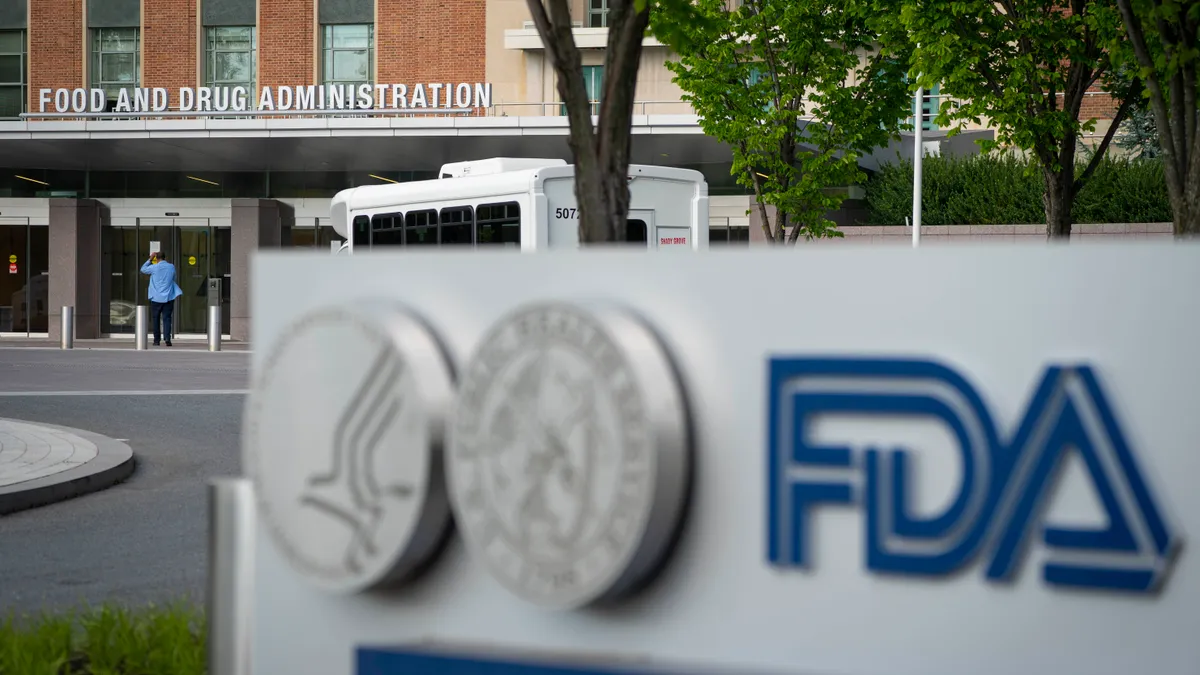Dive Brief:
- The Food and Drug Administration has proposed changing antigen, antibody and nucleic acid-based hepatitis B virus (HBV) assays to a lower-risk classification.
- Currently, the tests are class III, or high risk, devices and are subject to premarket approval requirements. The FDA is planning to move the devices to class II, or moderate risk, making them eligible for the 510(k) pathway, according to the Wednesday notice
- The proposal reflects the FDA’s experience of regulating the assays and analysis of postmarket data. The agency plans to create special controls for the tests as part of the reclassification.
Dive Insight:
The FDA approved the first qualitative HBV antibody assay in 2000. Approvals of the first HBV antigen assay and the first quantitative HBV nucleic acid-based assay followed in 2001 and in 2008, respectively. At the time, there was insufficient information to determine that general controls and special controls would provide a reasonable assurance of safety and effectiveness.
Today, the FDA believes it has sufficient information to mitigate the risks of the devices through special controls. That belief is built on both the FDA’s own experience of the devices and the recommendations of a Medical Devices Advisory Committee that met one year ago to discuss the regulation of the assays.
Each of the three types of HBV assays has a good safety record, the FDA said. That view is based on the regulator’s analysis of medical device reports and recalls. The FDA has received reports of false readings and classified recalls of the three types of HBV assays but saw a lack of evidence of patient harm.
The probable risks to health identified by the FDA relate to false positive and negative results, the misinterpretation of results and the failure to correctly operate the devices, according to the notice.
The regulator is proposing to mitigate the risks through special controls related to labeling and design verification. For example, the FDA said labeling warnings, limitations, results interpretation information and explanation of procedures could address misuse risks.
The FDA is accepting feedback on the proposal until Nov. 25. The regulator plans to reclassify the assays 30 days after the publication of the final order in the Federal Register.













